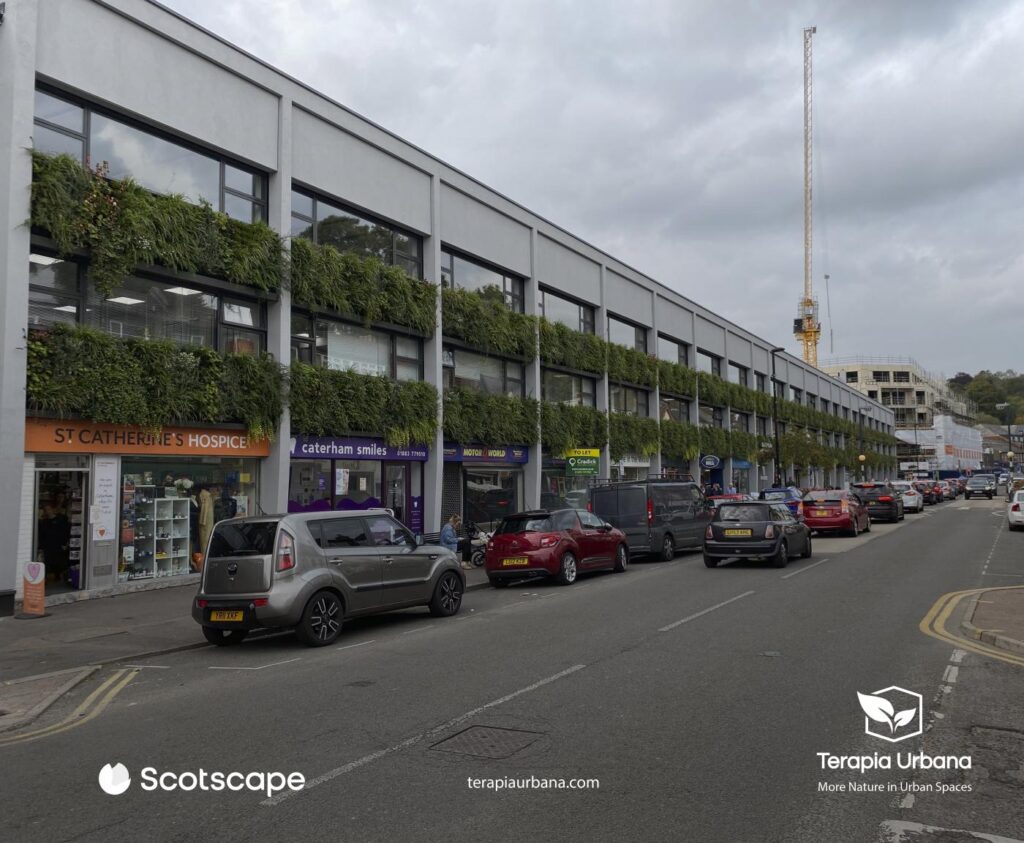Las áreas urbanas retienen más calor que las áreas rurales circundantes, lo cual tiene graves consecuencias en términos de impactos del medio climático y salud humana. A pesar de la disponibilidad de tecnologías para abordar este problema, la adopción ha sido lenta debido a su complejidad y coste. Es crucial tomar medidas ahora para reducir el aumento de temperatura y proteger la salud humana.
Según la WMO, desde la década de 1850, las temperaturas medias globales han aumentado más de 1°C. A menos que se tomen medidas significativas, las temperaturas medias globales habrán aumentado otros 5°C para finales de siglo.
Las altas temperaturas representarán un desafío importante para las ciudades. Desde hace tiempo se sabe que las áreas urbanas retienen más calor que sus alrededores. En promedio, las ciudades son alrededor de 5,5°C más cálidas que las áreas rurales (e incluso más durante los veranos calurosos, como en el caso de Madrid, donde puede ser hasta 8°C más caliente que las áreas rurales circundantes).
Este fenómeno se conoce como el efecto isla de calor urbano (UHI, por sus siglas en inglés) y es causado por diversos factores, como el asfalto y el concreto que retienen el calor, la contaminación por smog del tráfico y la industria, y el calor generado por los edificios y los vehículos.
Los efectos del cambio climático en el medio ambiente
Dado el aumento esperado de las temperaturas globales y el hecho de que más de la mitad de la población mundial vive en áreas urbanas, es fundamental abordar este problema para combatir el cambio climático y proteger a los ciudadanos urbanos. Tomar medidas ahora para limitar el calentamiento global y reducir las temperaturas urbanas es importante.
Las personas más vulnerables son las más afectadas por el calor en las áreas urbanas. Los impactos en la salud de la exposición a altas temperaturas son conocidos. Los síntomas documentados incluyen debilidad, mareos, náuseas, dolores de cabeza, vómitos, diarrea, falta de aliento y palpitaciones cardíacas.
Las personas mayores son particularmente vulnerables, con un mayor riesgo de complicaciones de salud y muerte debido a la exposición a altas temperaturas del aire. En el Reino Unido, las olas de calor del verano de 2019 causaron 900 muertes adicionales en personas de 65 años o más. En Estados Unidos, las personas de color tienen más probabilidades de vivir en áreas urbanas con altas temperaturas y tener menos acceso a espacios verdes y áreas abiertas, lo que aumenta su riesgo de sufrir el calor urbano y sus efectos adversos en la salud.
Jardines verticales para combatir el efecto isla de calor urbano
Una isla de calor urbana es un área metropolitana que es significativamente más cálida que su área rural circundante.
Esto lleva a la creación de microclimas urbanos: cuanto más te acercas al centro de la ciudad, más alta es la temperatura. Como sugiere el nombre, las islas de calor urbano se deben al aumento de la urbanización, a grandes cantidades de superficies duras y materiales utilizados, como el asfalto, que absorben calor durante el día y lo liberan posteriormente, aumentando así el efecto de isla de calor.
Para combatir el efecto de isla de calor urbano en las áreas urbanas, los jardines verticales son una solución eficaz, ya que crean superficies más frescas.
Las paredes verdes pueden desempeñar un papel muy significativo en la regulación del calor debido a la sombra que proporcionan y, sobre todo, debido a la evaporación y transpiración de las plantas, lo cual enfría el aire circundante, y la formación de rocío, que tiene un efecto amortiguador.
Las plantas actúan como aislamiento natural, reduciendo la transferencia de calor a los edificios y, por lo tanto, reduciendo la necesidad de aire acondicionado. Esto no solo ahorra energía, sino que también reduce las emisiones de gases de efecto invernadero.
Los jardines verticales al aire libre tienen un potencial considerable en términos de resolver problemas relacionados con la energía y el medio ambiente asociados con los edificios.
Además, los jardines verticales también mejoran el bienestar y la salud de los ciudadanos al proporcionar espacios verdes en entornos urbanos densamente poblados. Estos espacios pueden promover la relajación, reducir el estrés y mejorar la calidad de vida de las personas que viven y trabajan en áreas urbanas.

